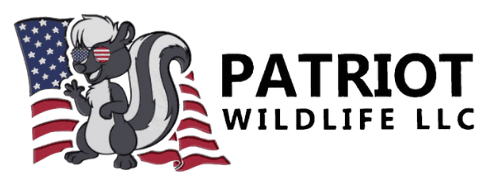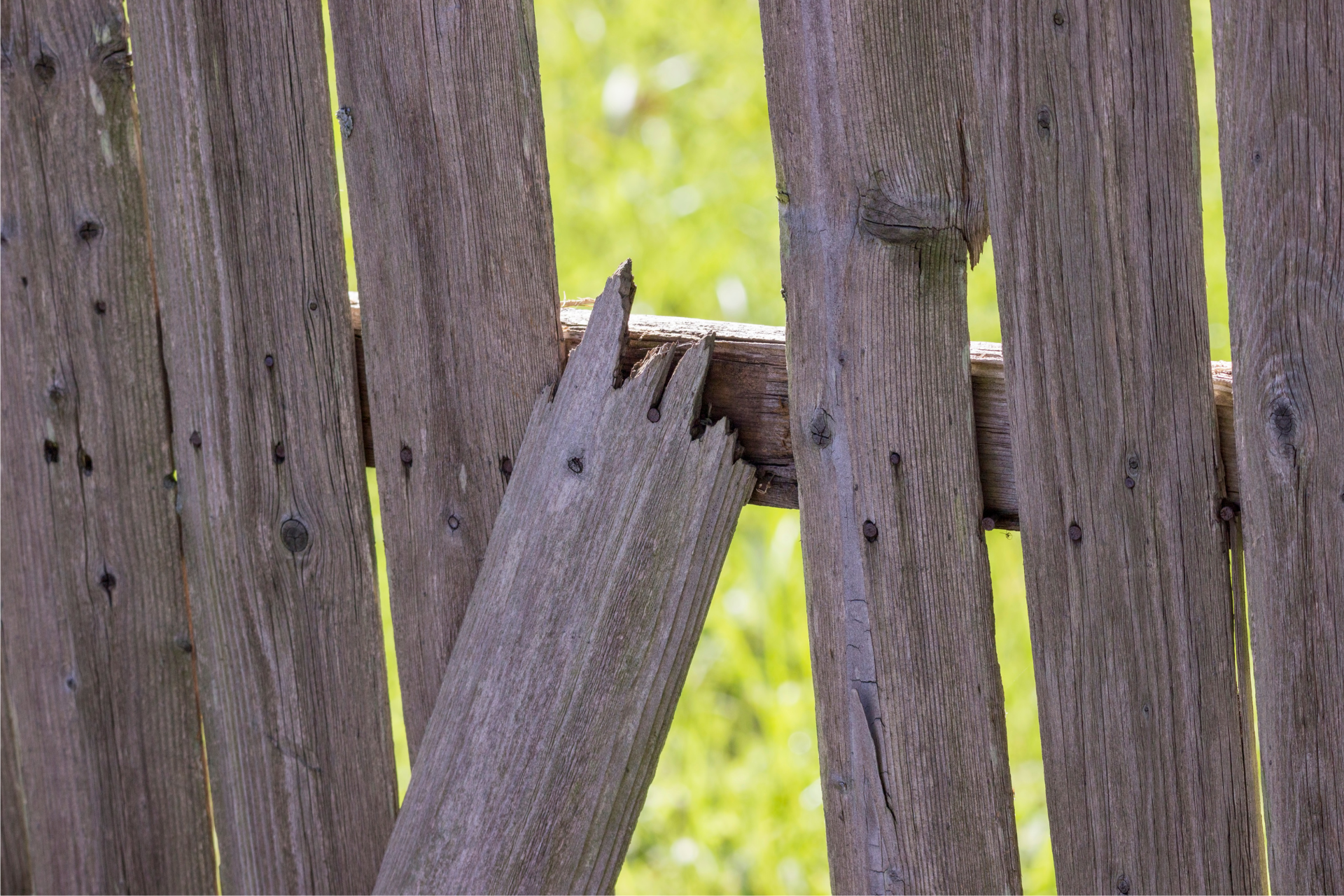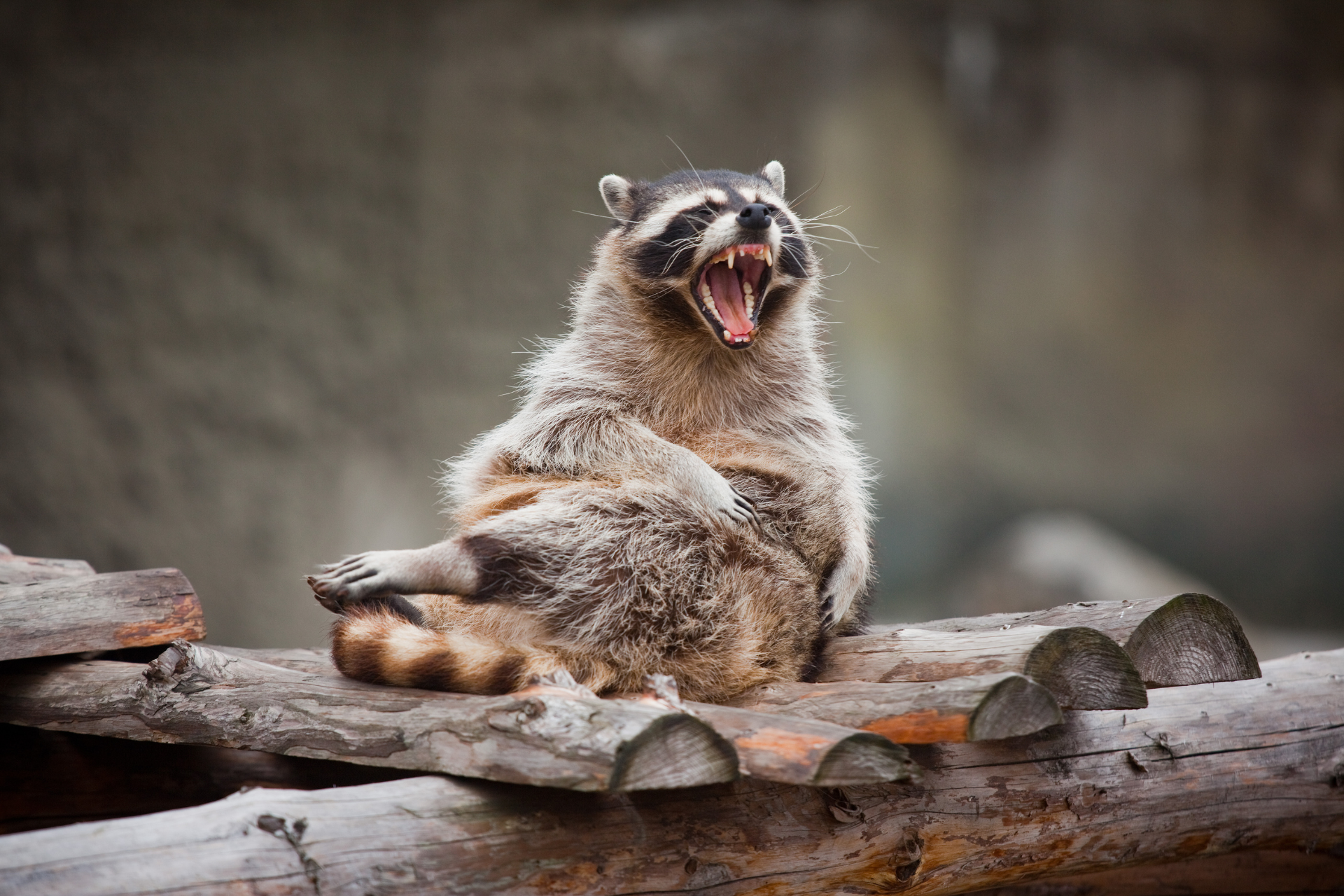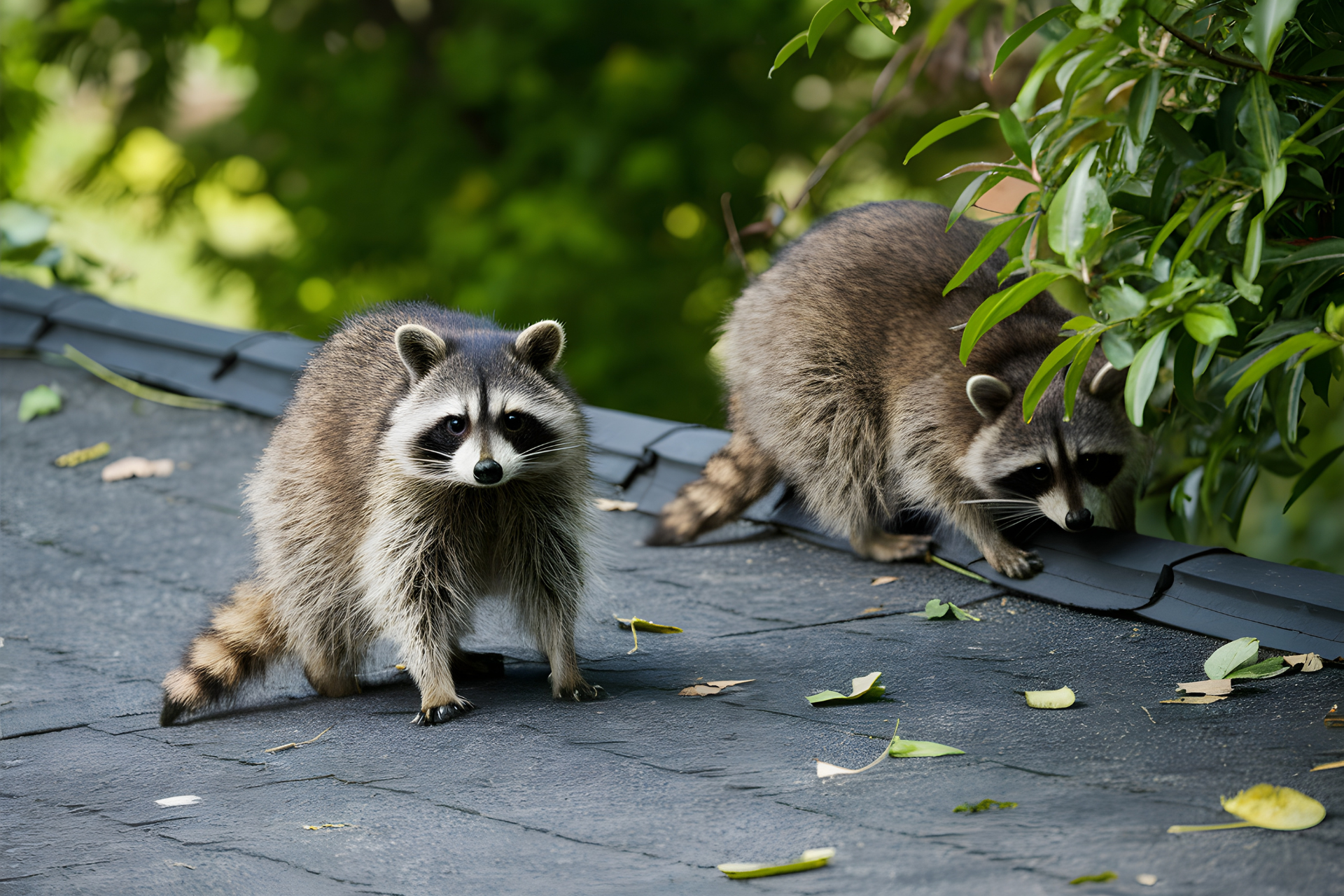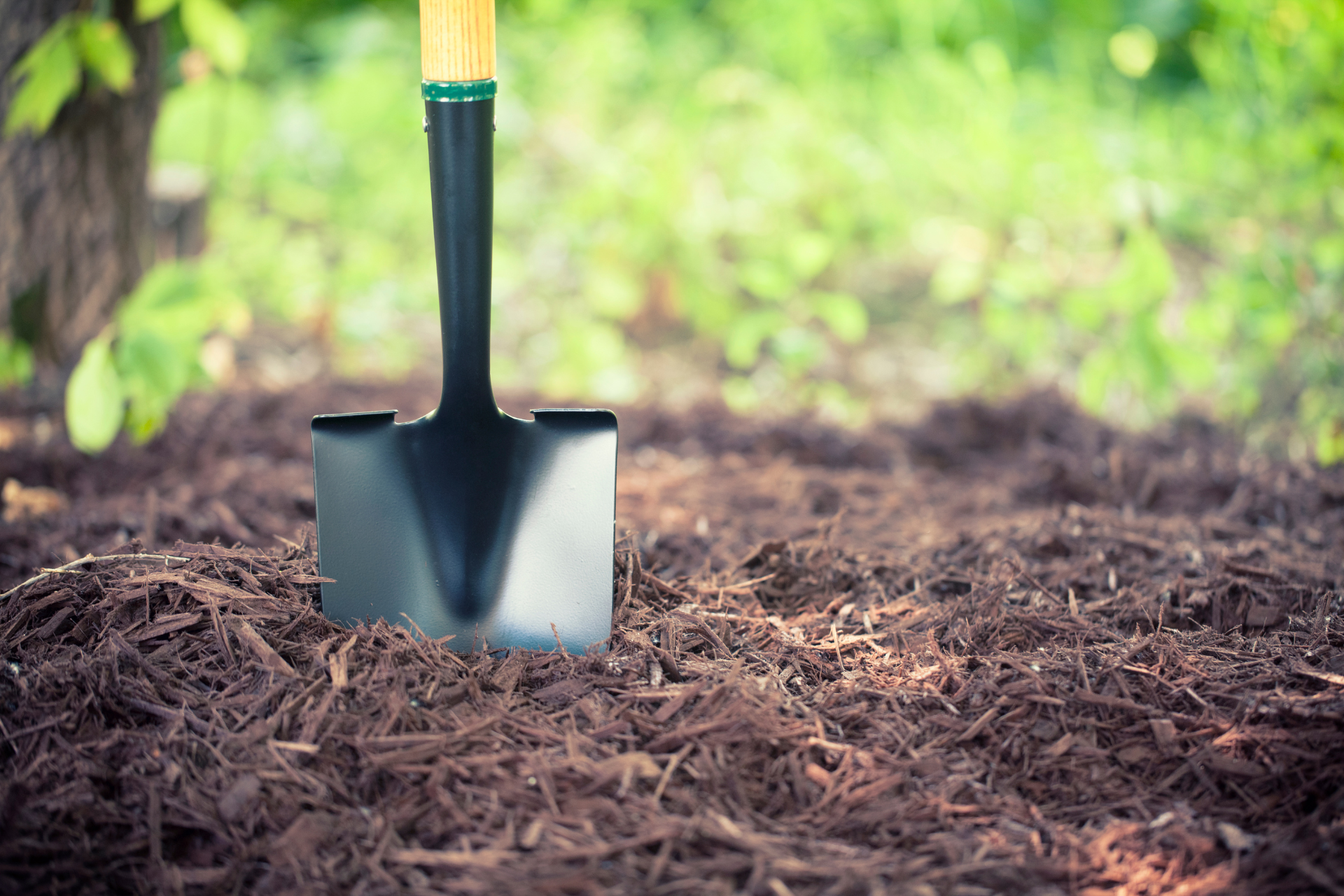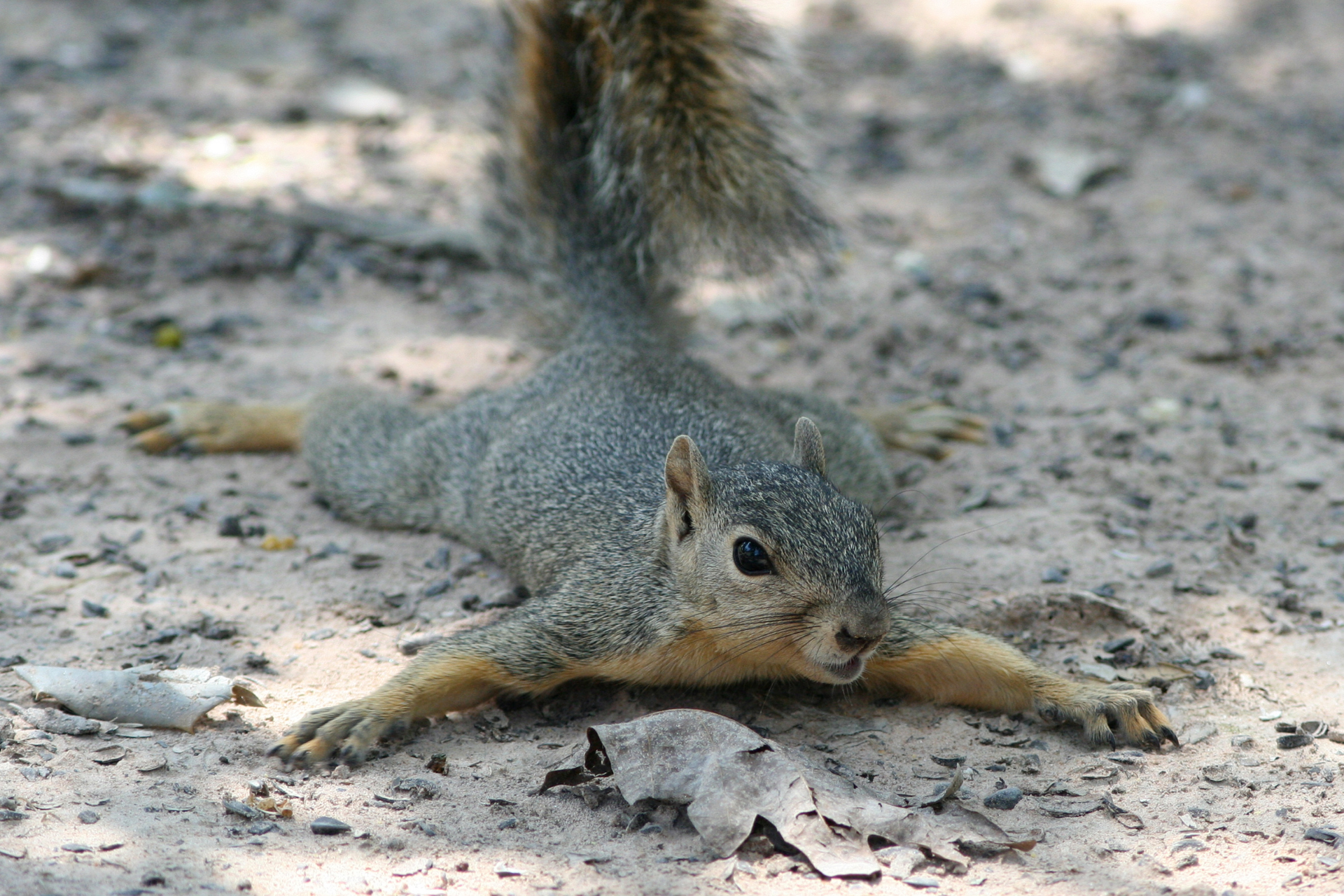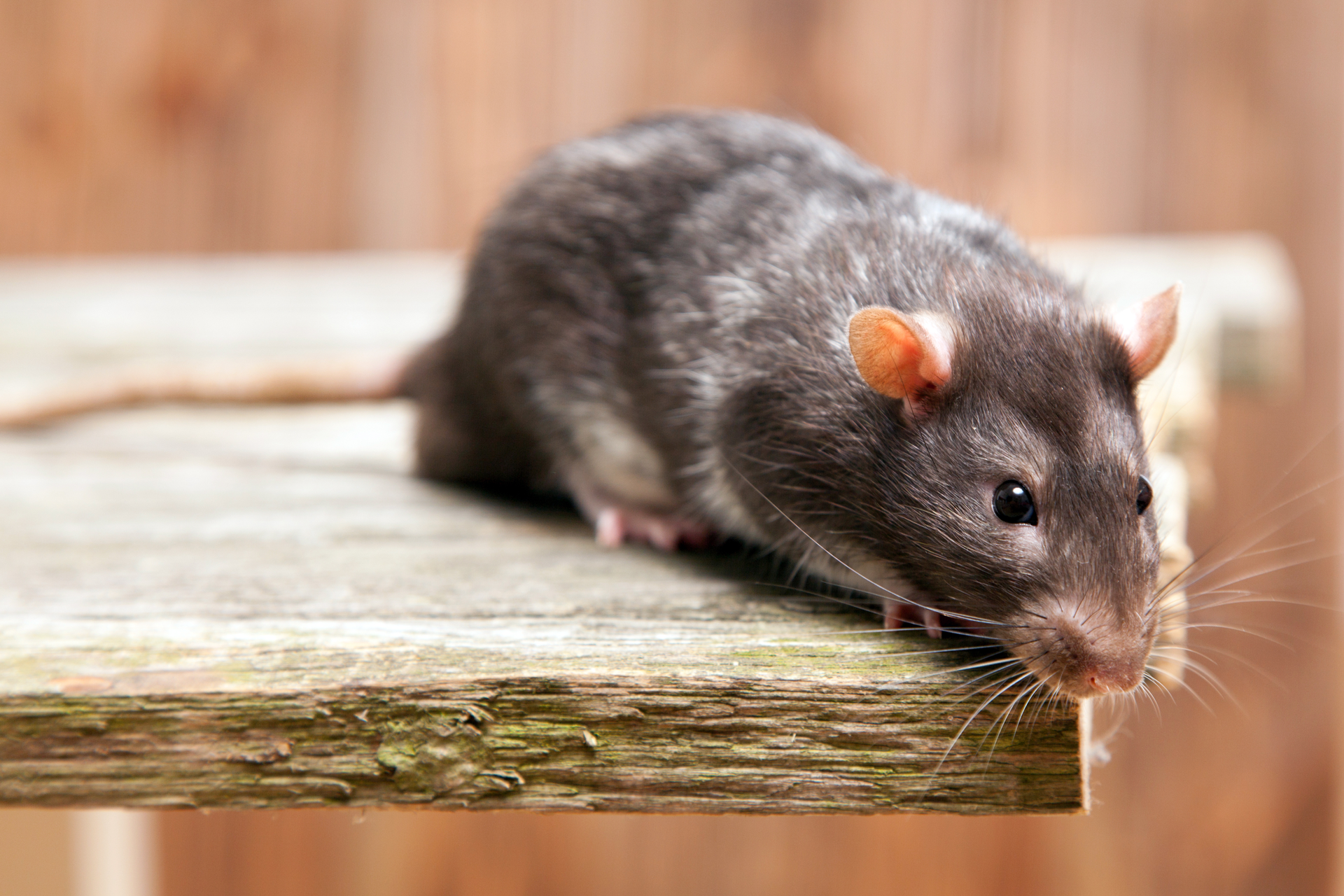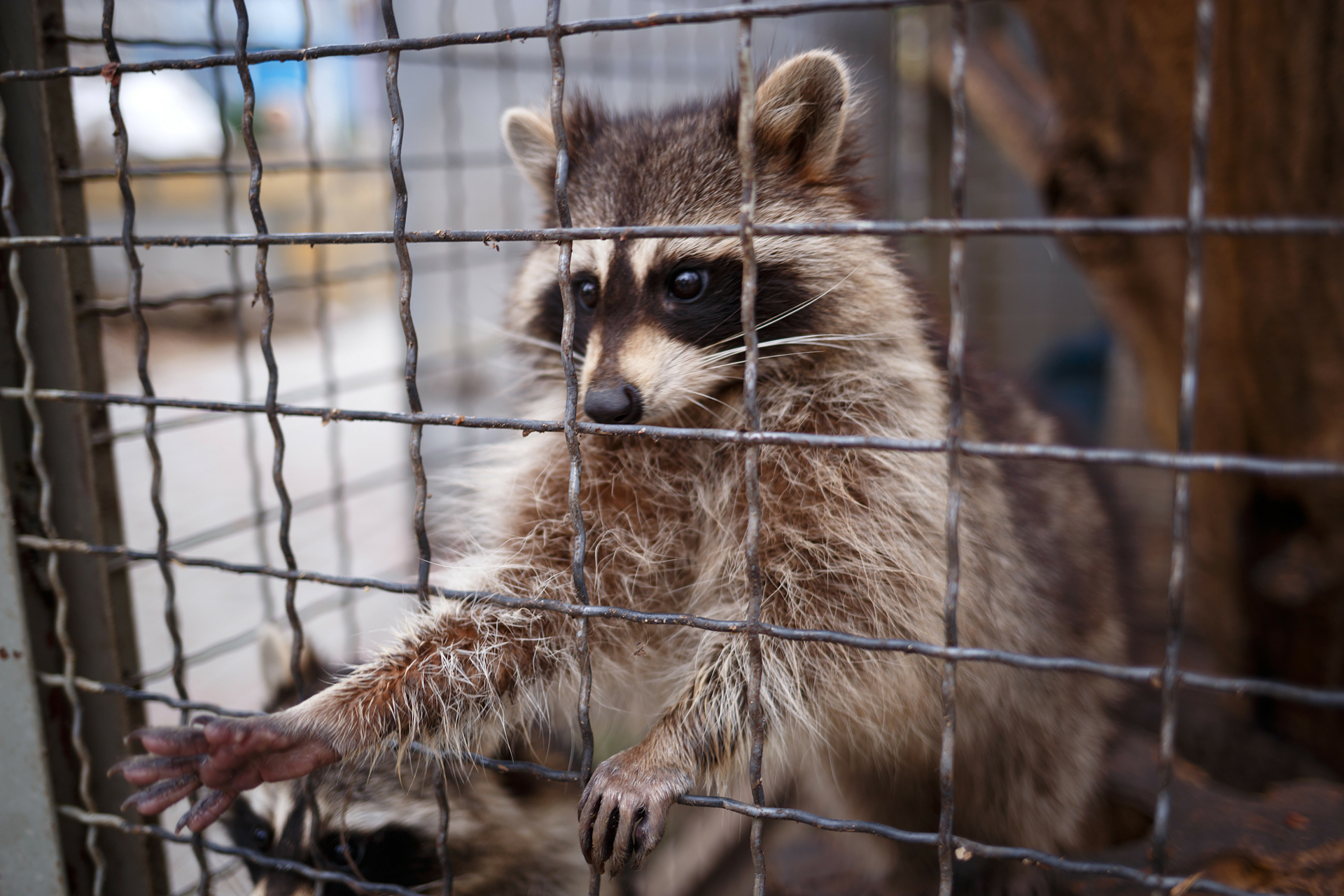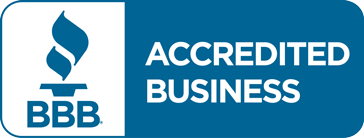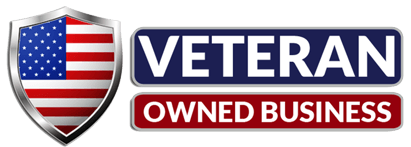Dangers Of DIY Wildlife Handling
DIY Wildlife Handling Risks
Handling wildlife in or around the home may seem straightforward to some, but it presents significant risks and challenges, both for the person involved and for the animal. When a raccoon takes up residence in the attic, a squirrel gets stuck in the chimney, or a snake is found in the basement, many people might consider tackling the issue themselves to save on cost or avoid the wait for professional assistance. However, wildlife handling can lead to dangerous situations, costly repairs, and even legal complications. Properly managing wild animals is a specialized skill that requires knowledge, safety measures, and humane methods to ensure everyone stays safe.
Health And Other Risks
One of the dangers associated with DIY wildlife handling is the risk of zoonotic diseases—those that can be transmitted from animals to humans. Many wild animals carry pathogens, bacteria, and parasites that, if transmitted, can lead to serious health issues. For example, raccoons are known carriers of rabies, a deadly virus that affects the nervous system. Although the rabies virus doesn’t show symptoms immediately, exposure can occur through scratches, bites, or even contact with raccoon saliva. Handling a raccoon without proper protection, therefore, poses a serious risk of rabies exposure.
Beyond rabies, raccoons and other wild animals often carry parasites like roundworms. Roundworms can be transmitted through feces, and in certain conditions, particles from dried feces can become airborne, increasing the risk of infection. If ingested, these parasites can lead to severe health complications. Similarly, birds and bats can carry respiratory pathogens like histoplasmosis, an infection that can affect the lungs when spores from droppings are inhaled. Without specialized equipment, the act of moving or cleaning areas contaminated by bird or bat droppings can release these pathogens into the air, risking serious lung infections for anyone nearby.
Wild animals naturally defend themselves when they feel threatened. A cornered critter may react aggressively to protect itself, especially if it has young nearby. Animals can scratch, bite, or otherwise harm someone trying to handle or relocate them, leading to potentially severe injuries. Raccoons, for instance, have sharp teeth and claws designed for both climbing and defending, making them dangerous if confronted. Similarly, rodents have powerful teeth and jaws capable of biting through tough materials, which can cause significant injury to someone attempting to handle them.
Wild animals may use their claws and teeth to defend themselves, leading to deep puncture wounds that can be painful and prone to infection. Many wild animals, even those that appear harmless, have effective defensive behaviors honed by evolution. Approaching wildlife without understanding these defense mechanisms can quickly turn into a harmful encounter. Additionally, even if an animal appears docile, sudden movements or stress can trigger defensive behavior, increasing the risk of injury.
Wildlife intrusions are often accompanied by additional infestations, such as fleas, ticks, and mites that can infest a home once an animal enters. When attempting DIY wildlife handling, homeowners may inadvertently expose their property to a wider pest problem. For example, animals like raccoons or squirrels often carry fleas, which can infest carpets, furniture, and other areas if they aren’t properly managed. Fleas multiply rapidly, so even a small infestation can quickly turn into a significant issue that requires extensive treatment to resolve.
Ticks are another concern, as they can carry diseases like Lyme disease and Rocky Mountain spotted fever. These diseases can have serious effects on health, and ticks often come into homes attached to wildlife. Attempting to trap or remove animals without addressing the pest risks can leave homeowners facing an unexpected infestation. When professionals handle wildlife issues, they are equipped to mitigate these risks, applying treatments as needed to ensure the home remains safe and free from secondary infestations.
Structural Damage From DIY Attempts
Wildlife removal, if not done carefully, can cause additional damage to the property. Animals like squirrels, raccoons, and rodents are adept at squeezing through tight spaces, and they often chew through wood, insulation, and even wiring to establish a nest. Inexperienced handling may lead to animals being cornered or trapped within walls, attics, or other hidden areas, increasing their likelihood of causing further damage as they attempt to escape.
Attempting to remove wildlife without understanding its behavior can backfire, resulting in unintended structural issues. For example, sealing an entry point before all animals have exited could lead to trapped animals gnawing their way through wiring or ductwork, causing further damage. Additionally, if animals die in inaccessible areas of the home, it can create odor problems and attract other pests. Professionals understand how to manage the animal’s safe removal, ensuring that no creatures are left behind or forced into situations where they’ll cause further damage.
Legal And Ethical Implications
Wildlife laws protect many species, and it is illegal in some states to remove or relocate certain animals without proper permits. For instance, bats are protected in many regions due to their important role in insect control and the ecosystem, meaning DIY removal could result in fines or legal action. Professionals are well-versed in these regulations and are licensed to handle wildlife removal in compliance with the law.
There are also ethical considerations when dealing with wildlife, as improper handling or relocation can cause harm to the animal. Relocating animals to unfamiliar territories can lead to death due to a lack of available food or shelter. Certain animals, like squirrels, may abandon their young if handled improperly, leaving dependent offspring vulnerable. Trained wildlife removal experts handle animals humanely and ethically, ensuring the safe relocation or release of wildlife while adhering to conservation principles.
Benefits Of Professional Expertise And Equipment
Professional wildlife control teams have the knowledge and tools to manage animals safely and effectively. Specialized traps, humane exclusion devices, and protective equipment are essential for removing animals without harming them or creating further issues within the home. Professionals are trained to assess the specific situation, ensuring that all animals are removed from the premises without causing harm or triggering defensive responses.
Experts know the behavioral patterns of various species, which allows them to develop a tailored approach to each situation. For example, an experienced wildlife handler knows that raccoons are most active at night, while squirrels are most likely to be seen during the day. They can use this knowledge to time their efforts, set the appropriate traps, and anticipate the animal’s responses.
Moreover, professional teams are equipped with safety gear, such as gloves, respiratory masks, and specialized cleaning supplies, to protect themselves and the property owner. After removal, they can sanitize and restore affected areas, ensuring that no pathogens or contaminants are left behind. Attempting DIY handling without this level of expertise and equipment can be ineffective and even dangerous.
Long-Term Prevention And Peace Of Mind
A critical aspect of professional wildlife removal is the preventative measures taken to keep animals from reentering. Experts know how to identify and secure entry points, install exclusion barriers, and provide advice on maintaining a wildlife-free property. After addressing the immediate wildlife issue, professionals often conduct an assessment of the property, identifying potential attractants and entry points to prevent future incidents.
By using exclusion techniques, sealing up openings, and providing tailored recommendations, professional wildlife control helps homeowners and businesses enjoy peace of mind, knowing they’re safeguarded from future intrusions. This holistic approach, encompassing removal, cleanup, and prevention, is far more effective than a DIY approach, which often lacks the tools and expertise for long-term success.
Wild animals are best handled by trained professionals who understand their behaviors, risks, and environmental roles. At Patriot Wildlife, our team is equipped to manage wildlife intrusions safely and effectively, prioritizing humane removal, thorough cleanup, and long-term prevention to protect both your property and the local wildlife. Contact us today for safe, professional wildlife control and enjoy the security of a wildlife-free home or business.
